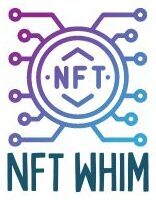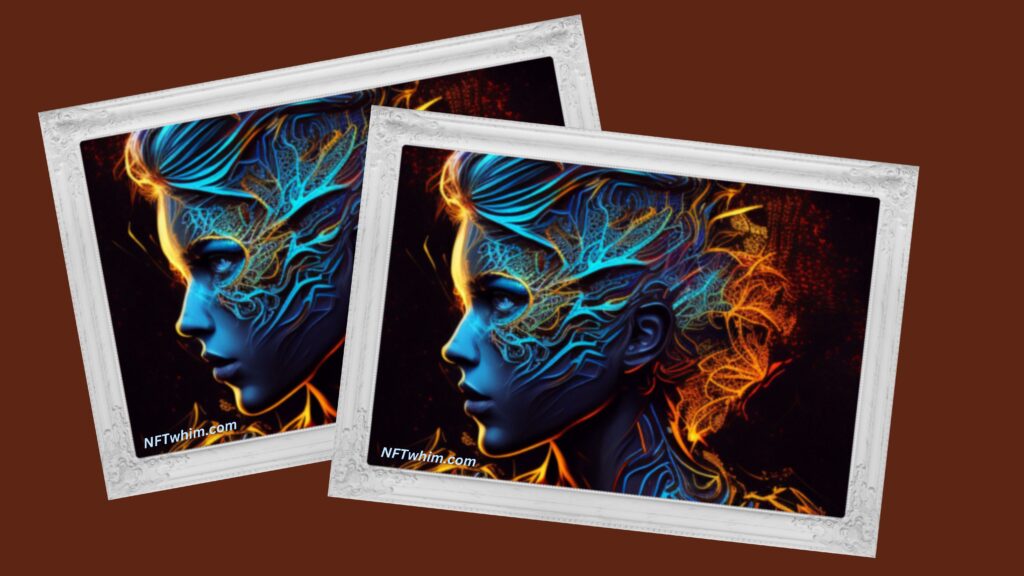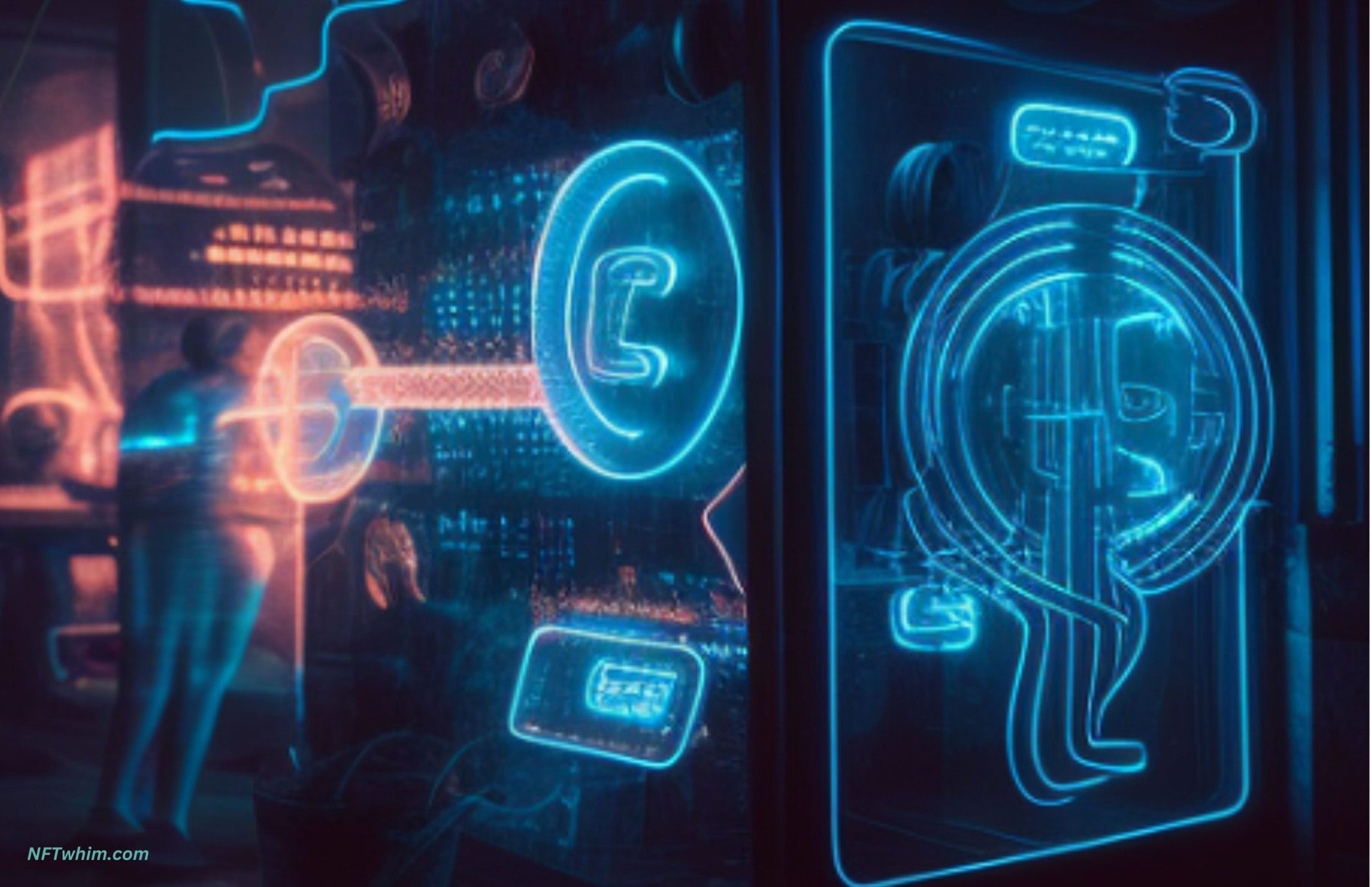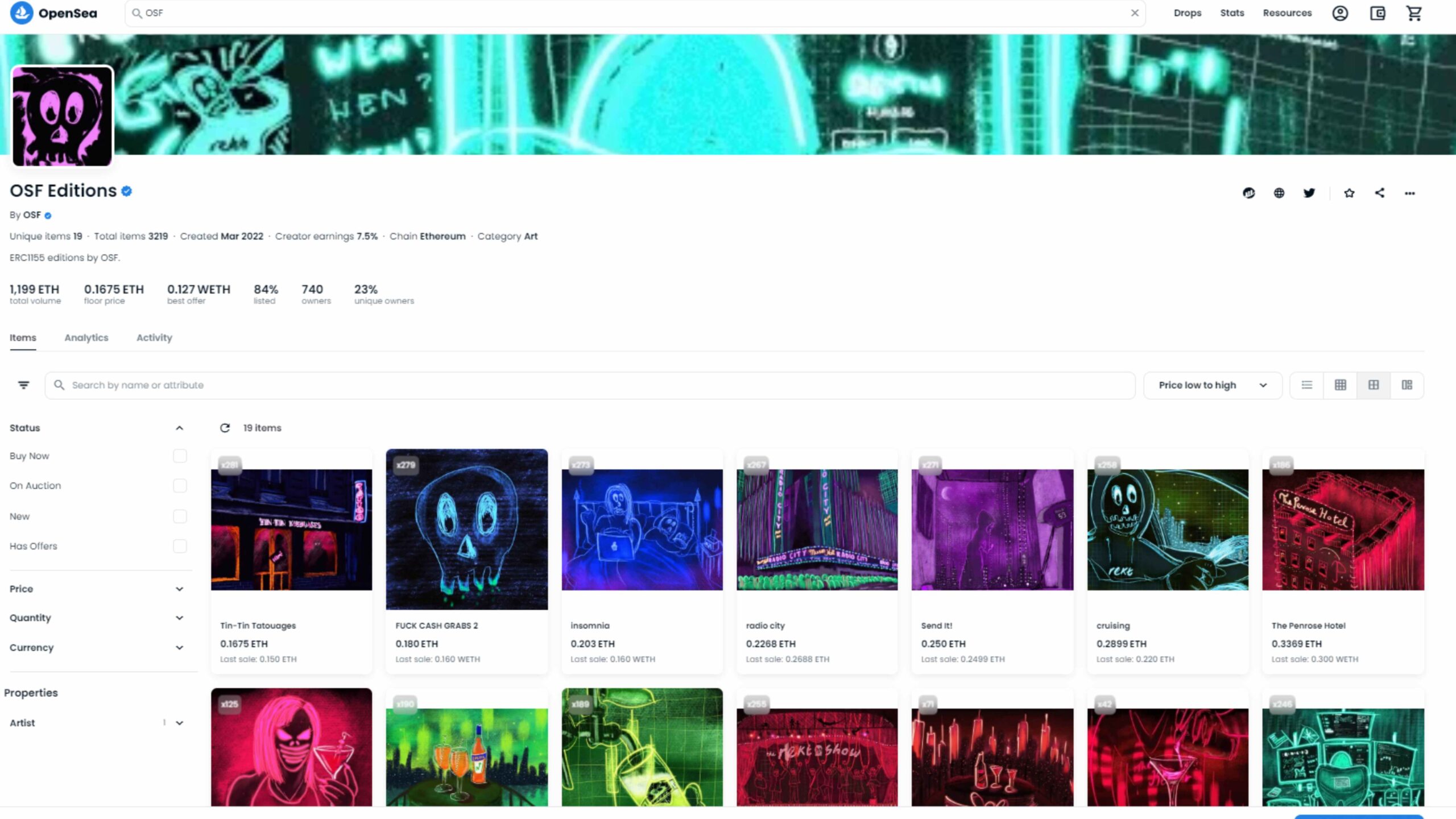The popularity of non-fungible tokens (NFTs) has exploded in recent years, resulting in many artists and creators looking for ways to sell their digital creations. One question that often comes up is whether it is possible to sell the same NFT at different marketplaces. And, if it’s a good idea to do so.
While technically possible, it is not recommended to sell the same NFT on different marketplaces due to the risks it poses to the seller’s reputation and potential ethical and regulatory implications. Selling the same NFT on multiple platforms can harm the seller’s reputation, get the seller banned from NFT marketplaces, discourage collectors, and result in a loss of revenue. Instead, NFT owners should focus on creating exclusive NFTs for each marketplace or offer unique variations of the same artwork to attract different collectors and maintain the integrity of the NFT ecosystem.
In this blog post, we’ll make a deep-dive into everything you need to know about the risks selling the same NFT on different marketplaces, and what consequences this can bring on you.
Let’s get started!
The Technicalities of Selling the Same NFT at Different Marketplaces
Selling the same NFT on different marketplaces is technically possible. NFT owners can create multiple listings for the same NFT on the same or different platforms. However, it is essential to ensure that the sale listings are removed once the purchase operation is complete on the blockchain, as leaving dangling sale listings is not good practice. It is also strongly advised not to list the same NFT at different marketplaces, due to reasons that we will explore below.

The Risks of Selling the Same NFT on Different Platforms
Selling the same NFT on multiple platforms can be a tempting prospect for NFT owners who want to reach a wider audience and increase their sales. However, the practice can come with significant risks that can harm the seller’s reputation and ultimately discourage potential buyers from making purchases from them.
One of the major risks associated with selling the same NFT on different marketplaces is that it can harm the seller’s reputation. Buyers who notice that the same NFT is listed on multiple platforms may view the seller as being less trustworthy and question the authenticity of the artwork. This can result in the seller’s reputation being damaged, and in turn, lead to a decrease in sales.
Furthermore, selling the same NFT on multiple platforms can also discourage collectors from buying from the seller in the future. Collectors often value the exclusivity of NFTs, and if they find out that the same NFT is being sold on different platforms, they may lose interest in purchasing from the seller again. This can result in a loss of potential revenue for the seller and harm their long-term business prospects.
In addition to harming the seller’s reputation, selling the same NFT on multiple platforms can also result in the seller being banned from certain marketplaces. Most marketplaces have policies in place to prevent the sale of the same NFT on multiple platforms. If a seller is found to be violating these policies, they may be banned from the marketplace altogether, resulting in a loss of potential revenue.
So, while it may seem like a quick and easy way to increase sales, it will most certainly do more harm than good. Instead, NFT owners should instead focus on creating unique and exclusive NFTs for each marketplace, which can help to build their reputation and attract potential buyers who value the exclusivity of their offerings.
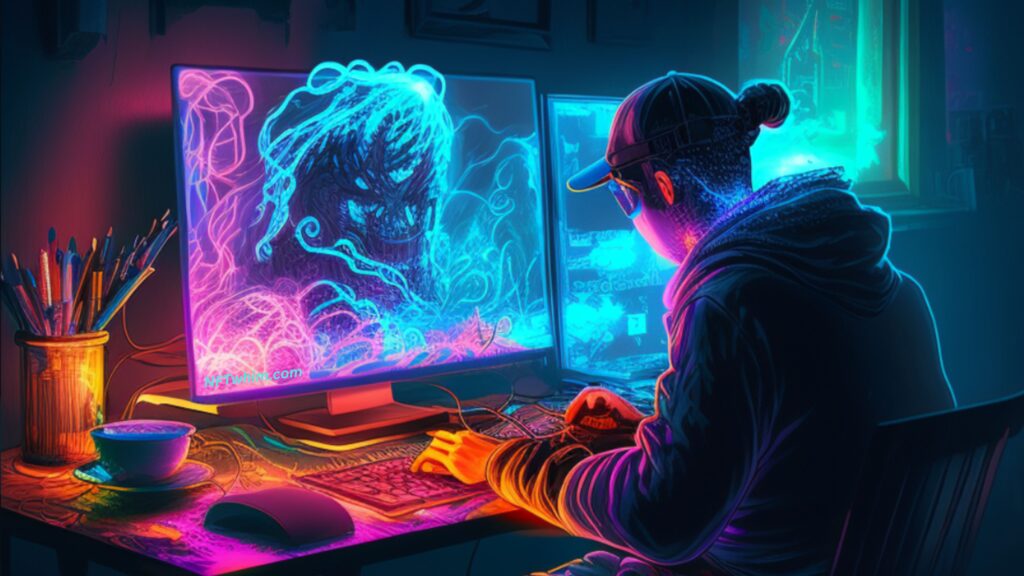
Ethical and Legal Considerations
There are ethical (and even legal) considerations to be taken into account when selling the same NFT on different marketplaces. As mentioned earlier, doing so can damage the reputation of the seller and discourage collectors from purchasing from them in the future. This behavior can also be seen as a lack of respect for the collector community, as it suggests that the seller is more interested in maximizing profits than in creating unique and valuable works of art.
Furthermore, it raises concerns about the integrity of the NFT space as a whole. NFTs are designed to be unique and represent a singular creation or piece of content. By selling the same NFT on multiple platforms, the authentic and unique feel of the NFT artwork can be damaged. This can lead to a loss of trust in the entire NFT ecosystem and hurt the credibility of NFTs as a legitimate art form.
Additionally, it is important to consider the impact on other artists and creators. By flooding the market with identical NFTs, it can become more challenging for other artists to get their work noticed and appreciated. It can also lead to a devaluation of the art form if collectors begin to see NFTs as interchangeable commodities rather than unique works of art.
Finally, there are potential legal implications of selling the same NFT on different marketplaces. Depending on the specific terms and conditions of each platform, it may be considered a violation of their policies, that could theoretically risk leading to further, legal consequences if pursued.
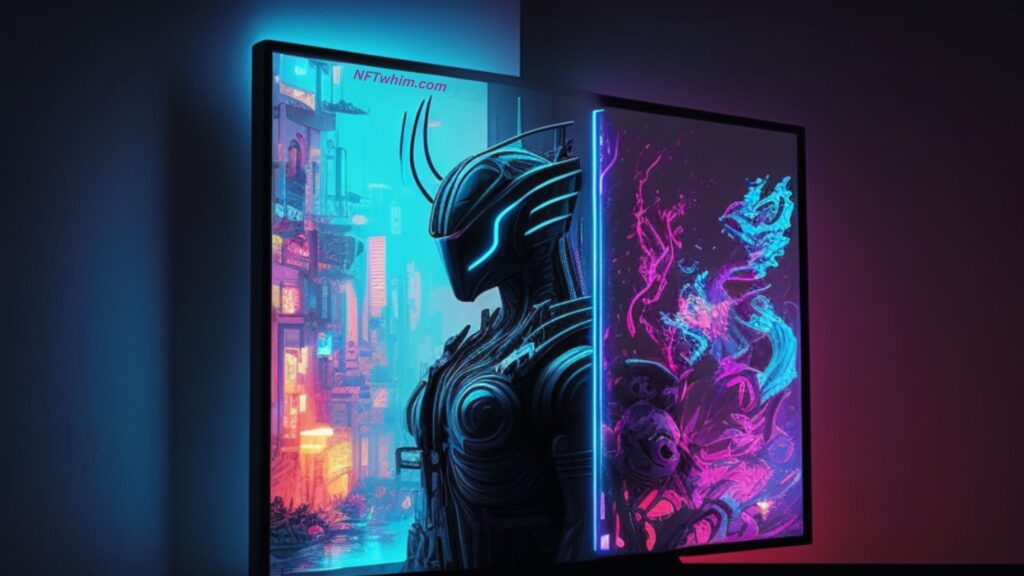
Alternatives to Selling the Same NFT on Different Marketplaces
Instead of selling the same NFT on different platforms, there are several alternatives that creators can explore. One option is to offer variations of the same artwork as NFTs on different marketplaces. This approach can help to attract different collectors and maximize the creator’s exposure. Another option is to create entirely new NFTs for each platform. By offering unique pieces, creators can entice collectors to purchase from them on each platform and expand their audience.
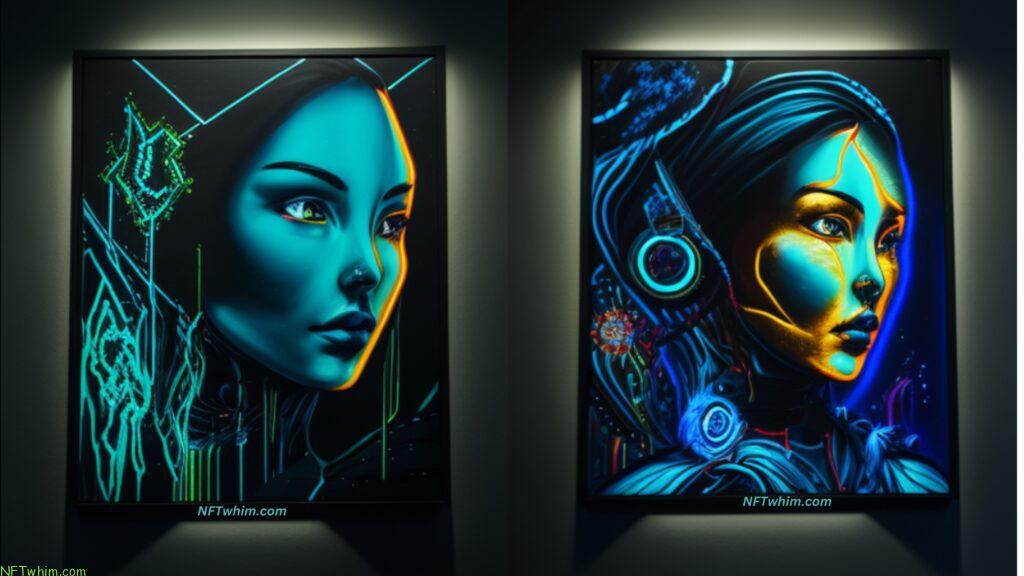
Conclusion
In conclusion, selling the same NFT on different marketplaces may seem like an easy way to increase sales, but it comes with significant risks that can harm the seller’s reputation, discourage collectors, and even potentially result in legal implications. The practice raises ethical concerns about the authenticity and uniqueness of NFTs as a legitimate art form and shows a lack of respect for the collector community.
Instead of selling the same NFT on different platforms, creators should focus on creating unique and exclusive NFTs for each marketplace, offering variations of the same artwork, or creating entirely new NFTs for each platform. These alternatives can help to attract different collectors, maximize the creator’s exposure, and maintain the integrity of the NFT ecosystem.
In the end, it’s essential to remember that NFTs are not just commodities but unique works of art that deserve respect and appreciation. By focusing on creating high-quality and exclusive NFTs, creators can build a strong reputation, attract collectors, and contribute to the growth of the NFT ecosystem in a positive and meaningful way!
Robin
Author: Robin Olsson
Author Bio: I’m Robin and on this website, I share everything I’ve learned since getting into NFTs in 2021. I have a background in research and I’ve been in crypto for several years. You can read more about me here.
